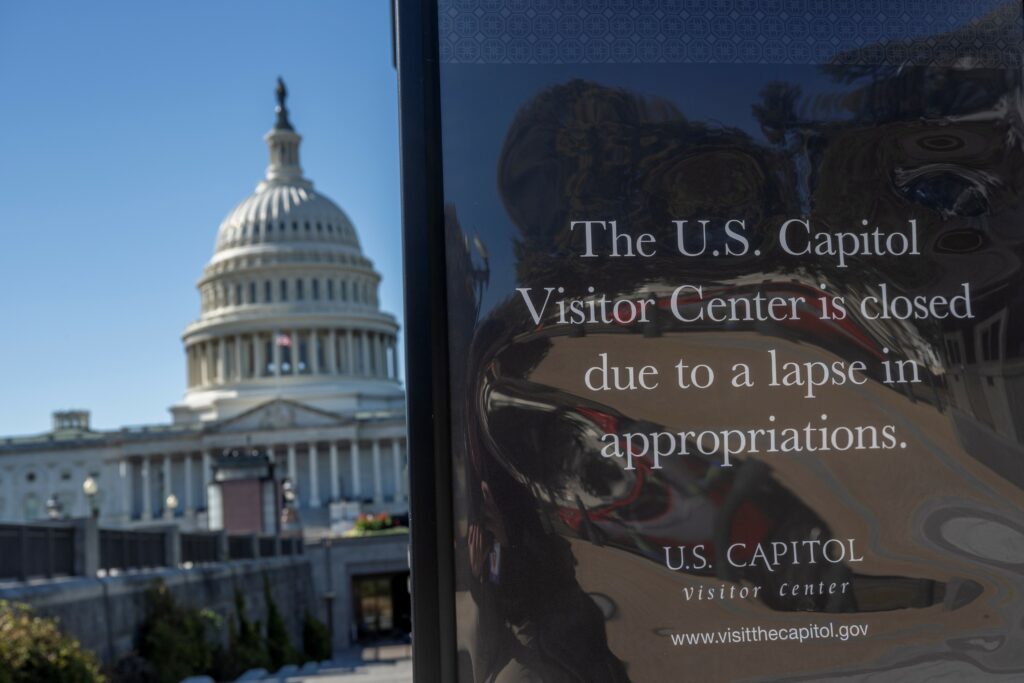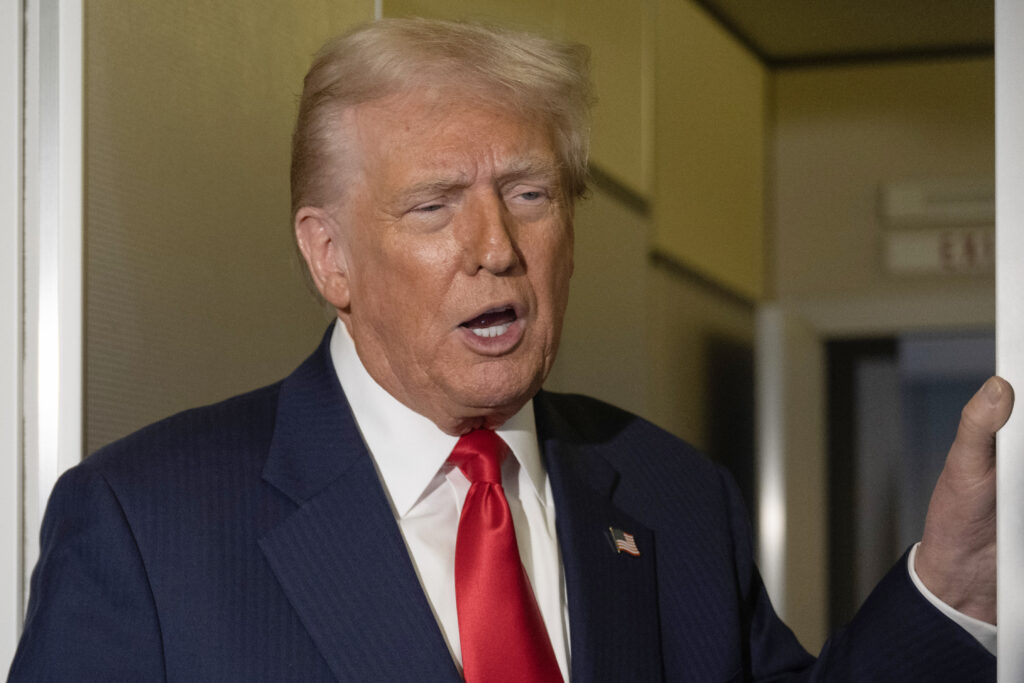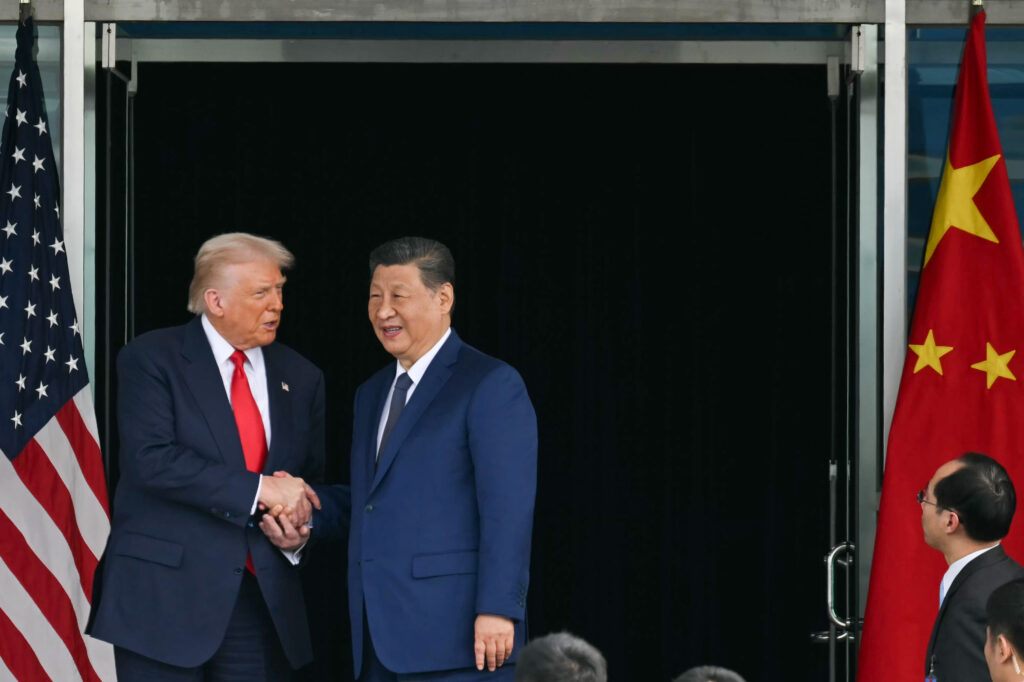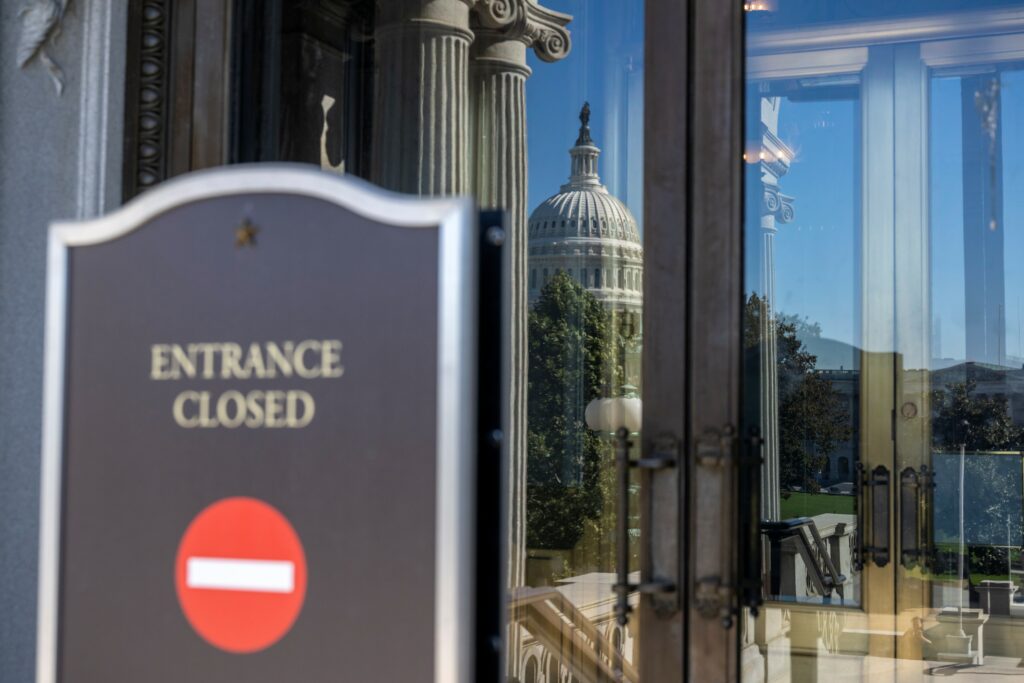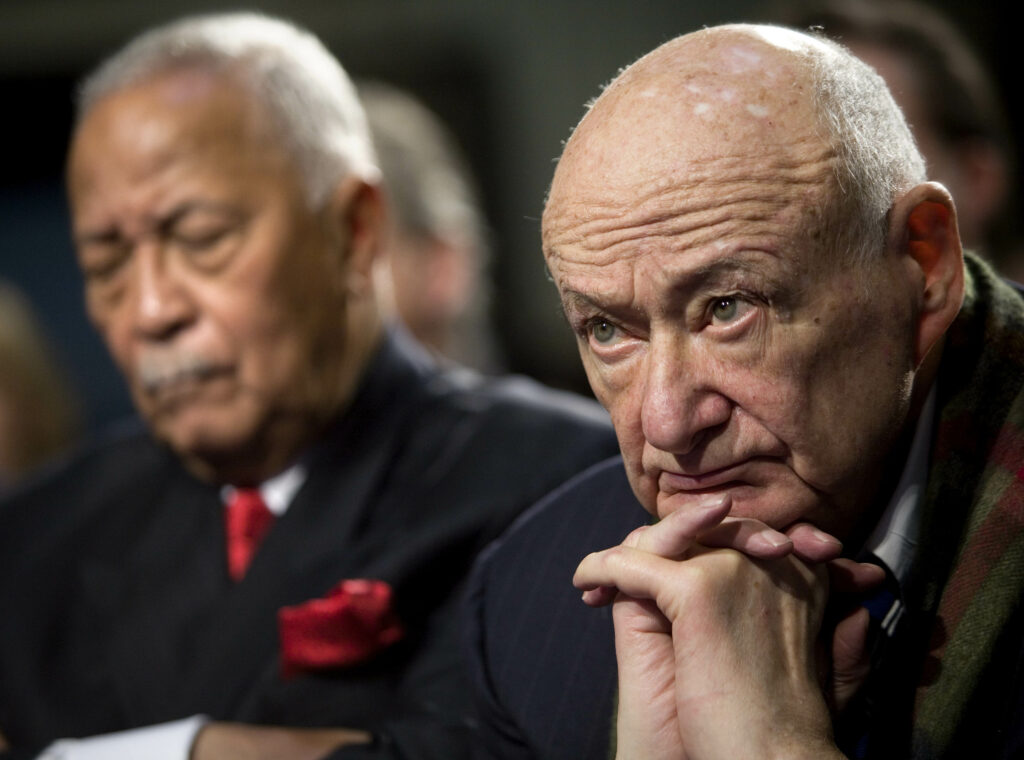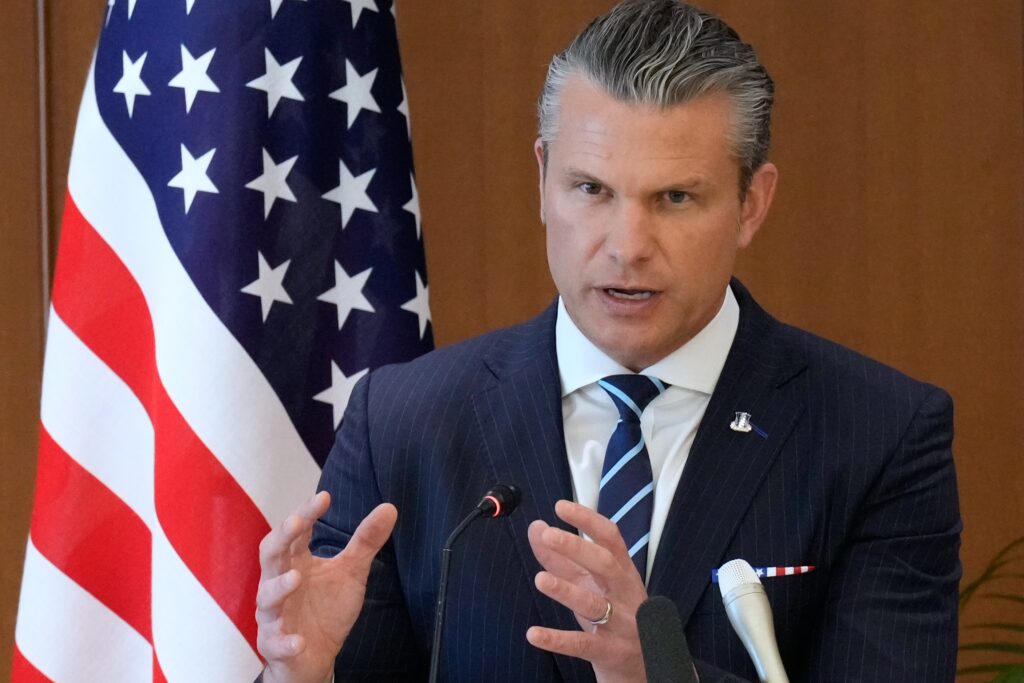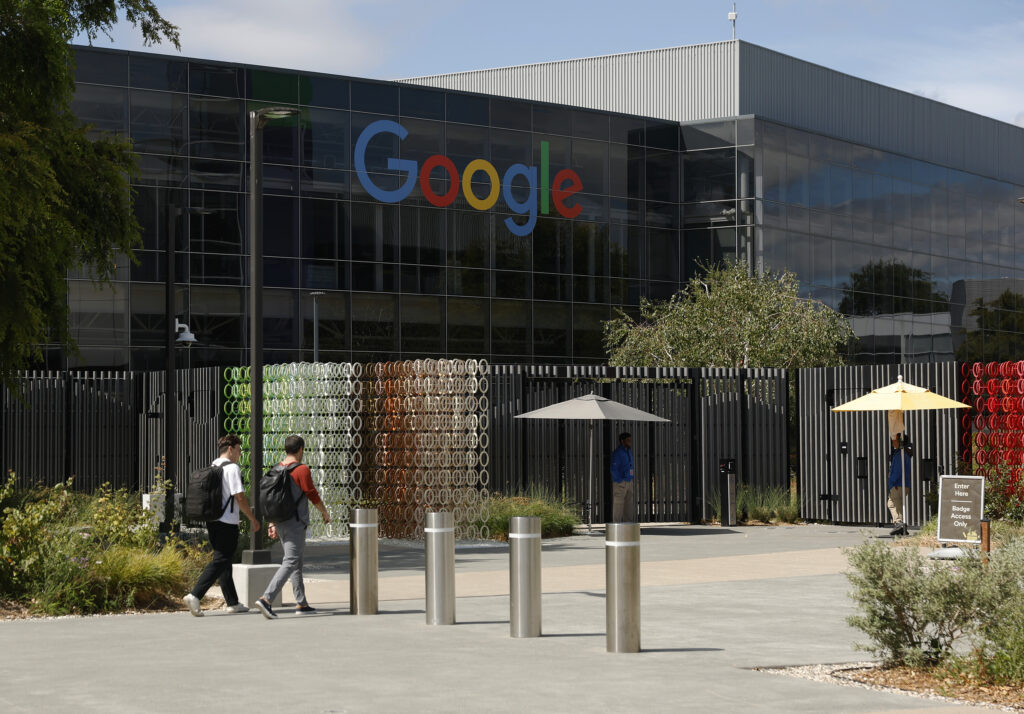No GDP data released as US shutdown bites
A US federal data blackout deepened Thursday as a government shutdown halted the release of third quarter GDP figures, forcing policymakers, financial institutions and business owners to continue flying blind.The world’s biggest economy has already delayed reports on employment, trade, retail sales and others, only recalling some furloughed staff to produce key inflation figures needed for the government to calculate Social Security payments.On Thursday, the shutdown entered its 30th day, with Republicans and Democrats still at an impasse.Each assigns blame to the other side over the stoppage, with no quick solution in sight and food aid for millions now at stake.While there were no official gross domestic product (GDP) numbers published on Thursday, economists surveyed by Dow Jones Newswires and The Wall Street Journal expected GDP growth of 2.8 percent in the July to September period.This would be a cooling from second quarter economic growth of 3.8 percent.The Federal Reserve Bank of Atlanta’s GDPNow indicator — a running estimate of real GDP growth based on available data — pegs the figure at 3.9 percent.But the ongoing information blackout means that companies and officials will have to wait to find out.Experts warn that businesses could lower hiring and investment.”This is the time of year where most organizations are finalizing their budgets for 2026,” said Heather Long, chief economist at Navy Federal Credit Union.”So, almost any company is sitting there thinking: Do we think 2026 is going to be an uptick? Or a slowdown, or a recession?” she told AFP.She added that industries are also trying to gauge if the Fed will keep cutting interest rates, a decision that depends on inflation and the jobs market, which has been weakening.The nonpartisan Congressional Budget Office estimates the shutdown could cost the economy up to $14 billion.Matthew Martin of Oxford Economics added that business would likely “reduce their overall hiring to be on the safe side,” until they see data pointing to rising demand or a stabilization in the economy.If the government shutdown lasts through mid-November, as predictions markets expect, most delayed data releases will still be unlikely to come out until December, Goldman Sachs said in a recent note.Such delays could distort October and November numbers.Long warned that October’s data could also be lost if the shutdown persists for too long — as it might not be collected.
